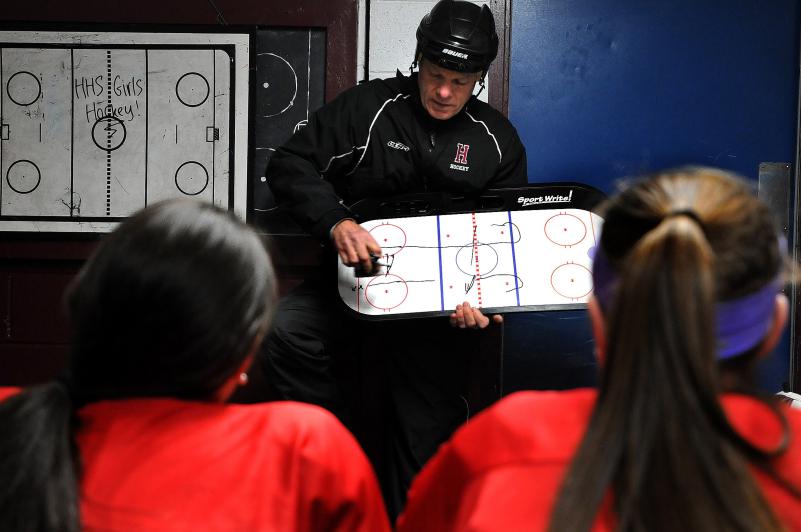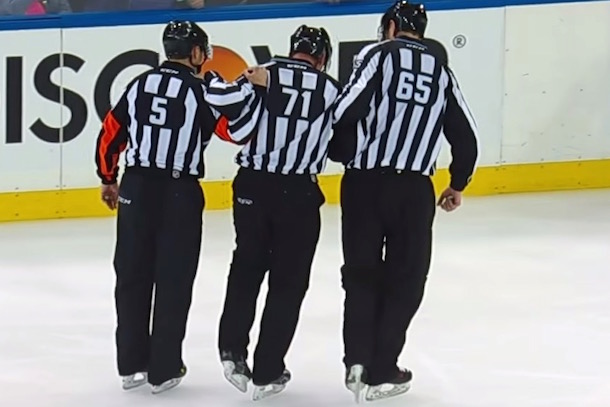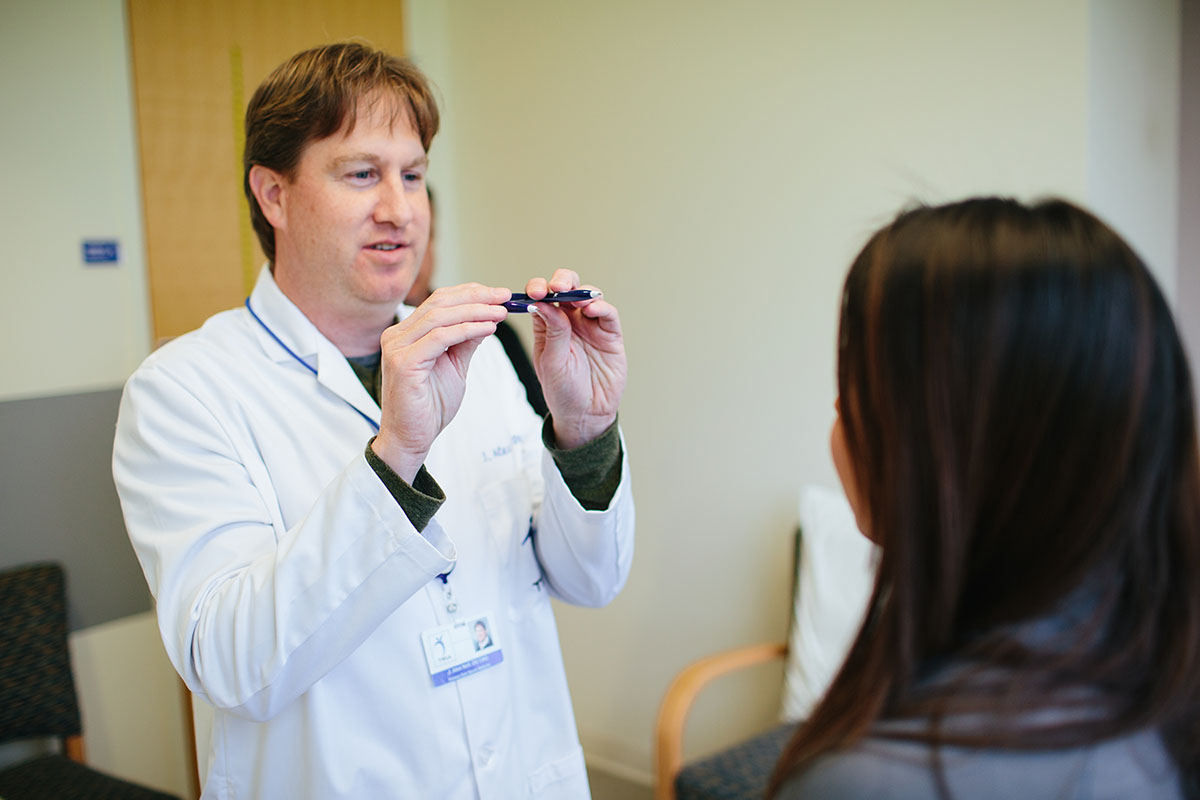Sports Medicine
Shoulder injuries nothing to shrug at
TRIA looks over shoulder injury treatment and prevention

TRIA looks over shoulder injury treatment and prevention
In the state of hockey, kids and teens are exposed to the game of hockey all year round. Hockey players learn how to skate, stick handle, shoot on net, and the importance of wearing protective equipment, especially a helmet.
Despite the fun of the game, there is a potential risk for injury.
I see quite a few shoulder injuries among hockey players due to the amount of contact, speed, and force a player’s body encounters. Three of the most common injuries we see include:
- A shoulder separation—this occurs at the AC joint where the clavicle and scapula meet.
- Another is a clavicle fracture.
- The third, less frequent, shoulder injury we see is a shoulder dislocation, where the shoulder comes out of its socket due to excessive force.
Treatment options for nonsurgical shoulder injuries are usually easy to implement. Treatment typically involves immobilization with a sling, ice and pain medications, a course of rest, and certainly doing formal rehab with physical therapy to address pain, strength, and range of motion issues.
If a dislocation has occurred, players may need a shoulder brace to help stabilize the shoulder joint when playing.
However, since most parents and athletes would rather avoid an injury all together, there are several things to ensure safety while playing the game.
Certainly making sure you play fair and avoid cheap shots helps minimize injuries. When you’re going to go into the boards, try and avoid getting your shoulder down too low.
Making sure you have up to date, well- fitting equipment can help dissipate the contact force against other players and the boards. Finally, making sure your shoulder muscles are stabilized and as strong as they can be goes a long way in injury prevention.
Do you have a question for TRIA’s team of sports medicine experts? Click the image below to learn more and your question may be featured in a future TRIA article.
About TRIA Orthopaedic Center
TRIA is a comprehensive center for orthopaedic medicine, providing incomparable clinical and surgical care, world-class research, and innovative programs. TRIA Orthopaedic Center has over 40 highly-trained physicians with a variety of sub-specialties such as sports medicine, acute injury, shoulder, hip, knee, spine, hand and wrist, foot and ankle, and fractures. TRIA’s sports medicine specialists have served as official team physicians for Minnesota’s professional sports teams for over 25 years. TRIA offers walk-in care through the Acute Injury Clinic, 8:00 a.m. to 8:00 p.m. seven days a week, no appointment needed. From diagnosis to treatment, to rehabilitation and even surgery, it is all at one convenient location at I-494 and France Avenue in Bloomington, Minnesota. For more information, visit tria.com.
Dr. Anne Moore’s training is in family medicine, with additional specialized training in sports medicine. She enjoys addressing orthopaedic and sports issues in the context of a patient's overall health. The field of Primary Care Sports Medicine is ideal for her because she is passionate about maintaining an active lifestyle, and firmly believes that everyone, regardless of age or athletic ability, can attain many benefits from remaining active throughout their lifetime; she’s committed helping her patients achieve this goal. Anne is the team physician for the Minnesota Magicians and Benilde-St. Margaret’s.












